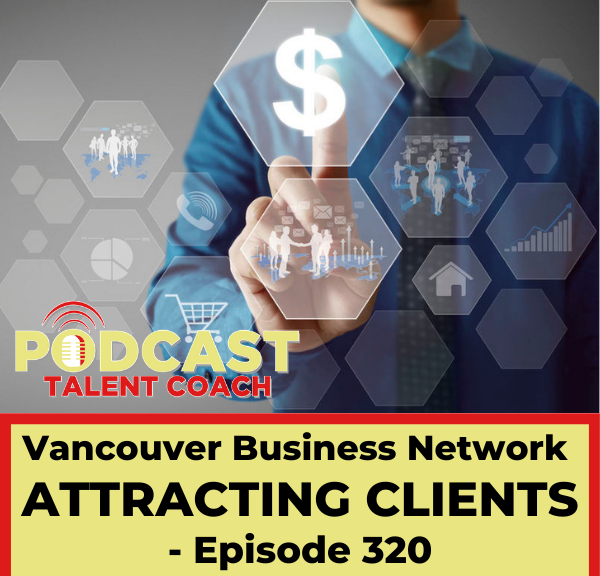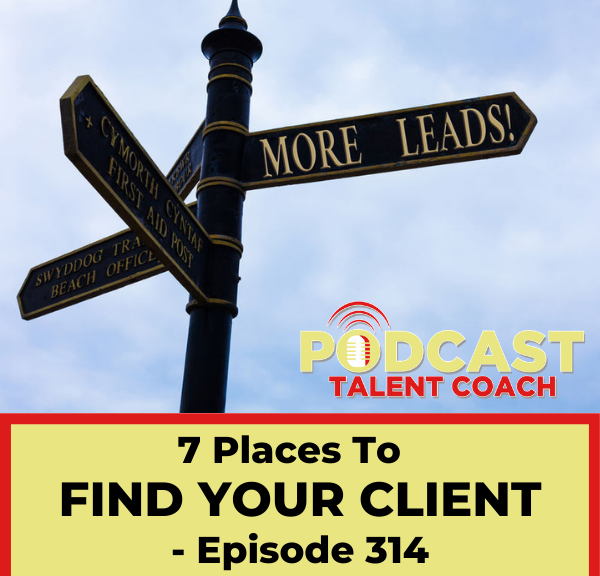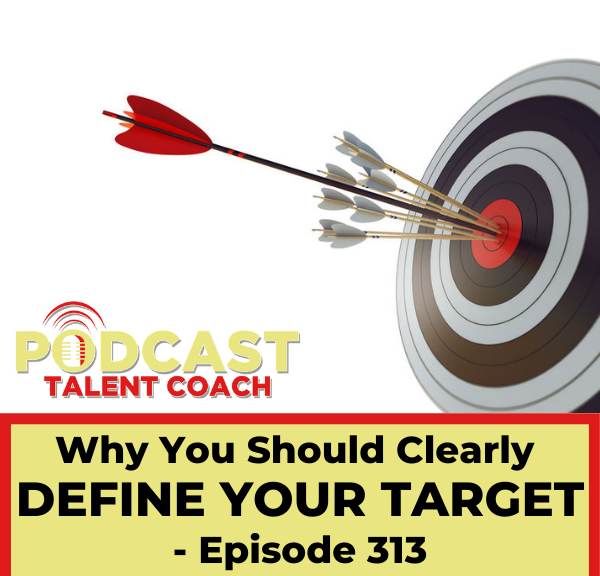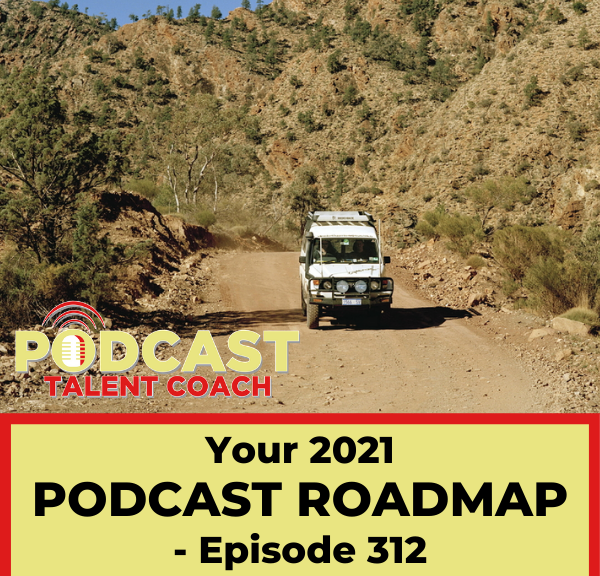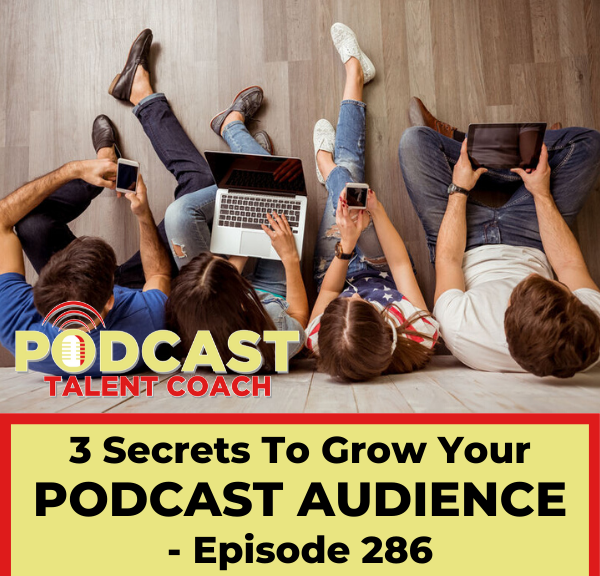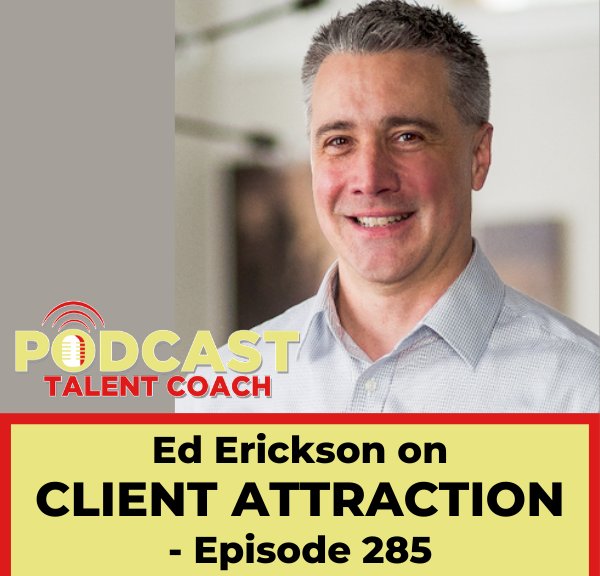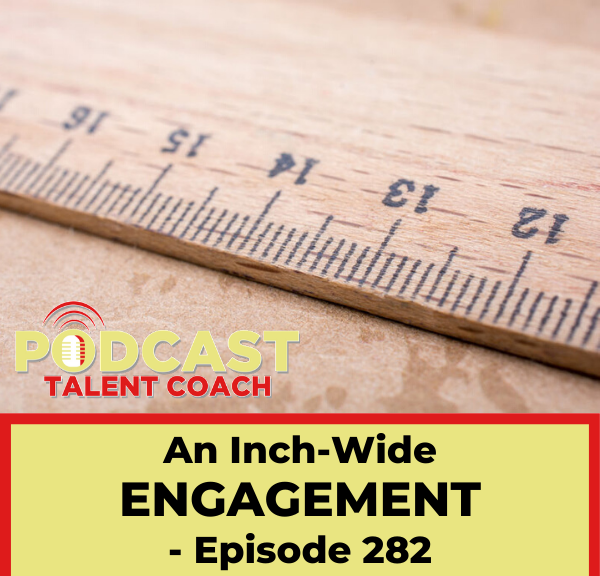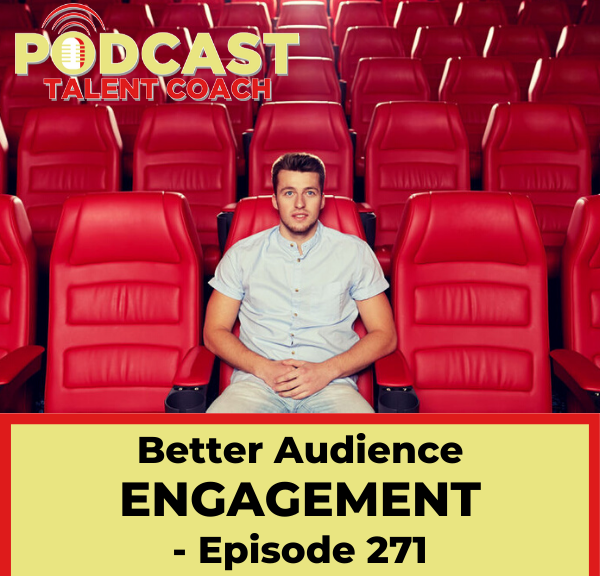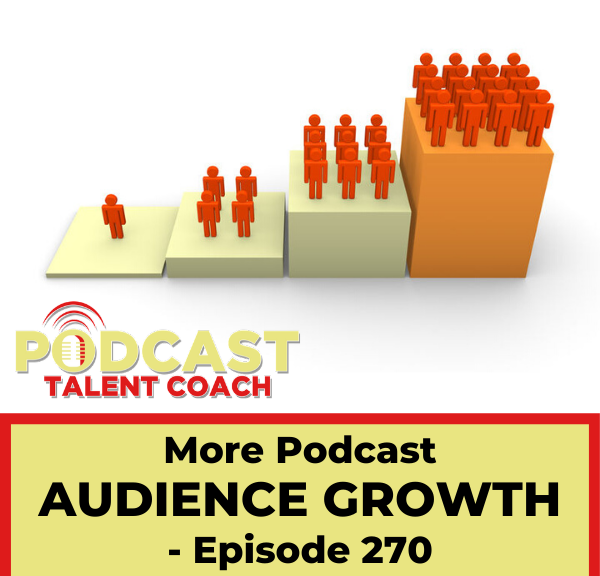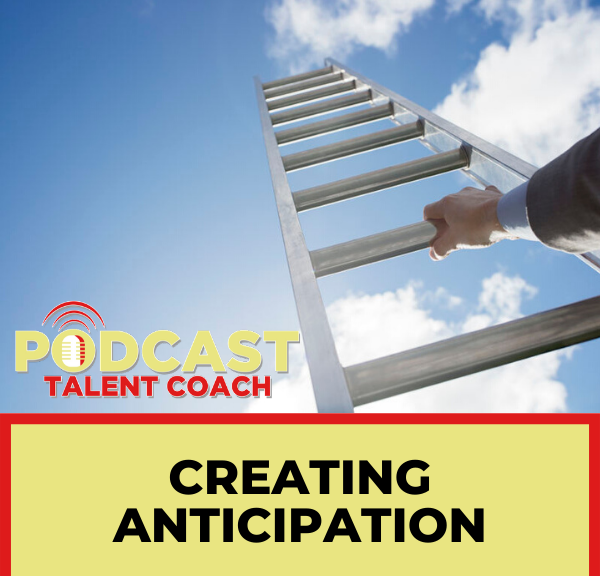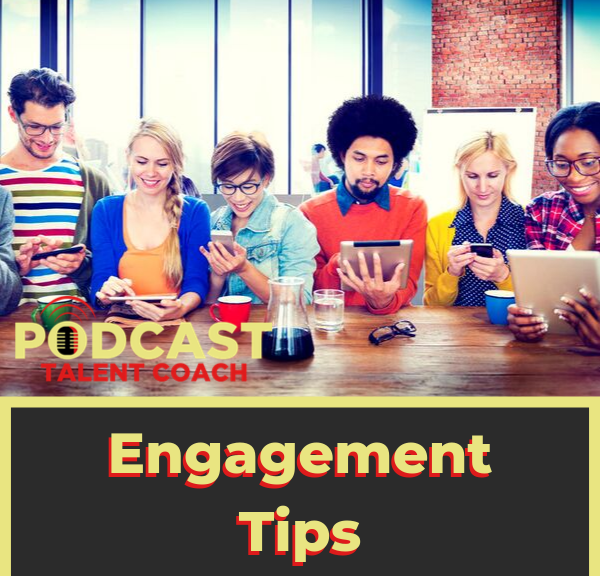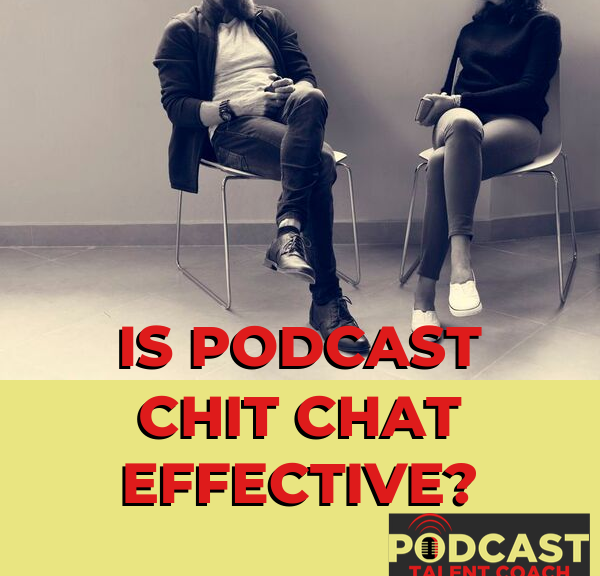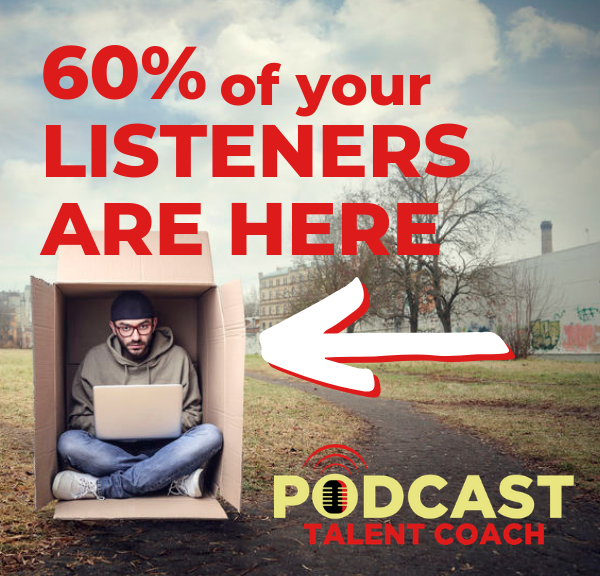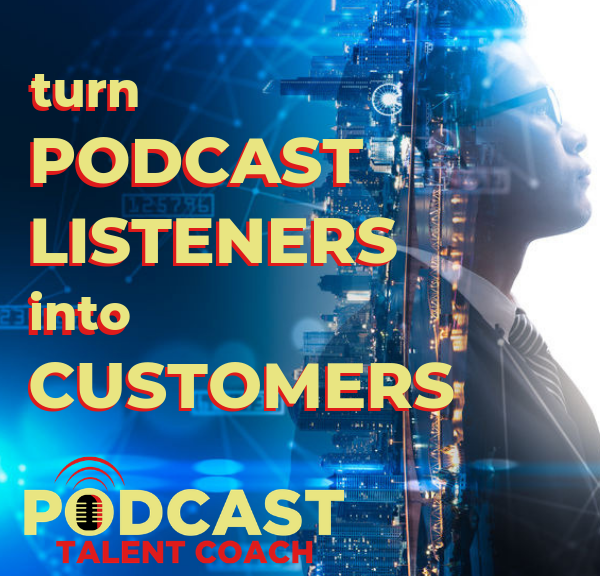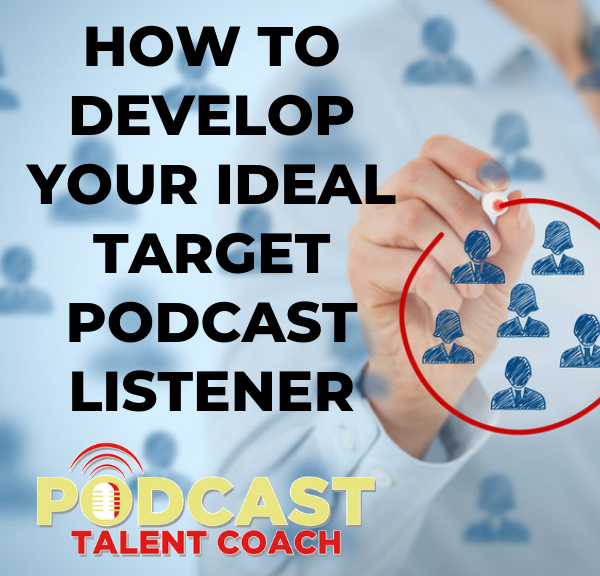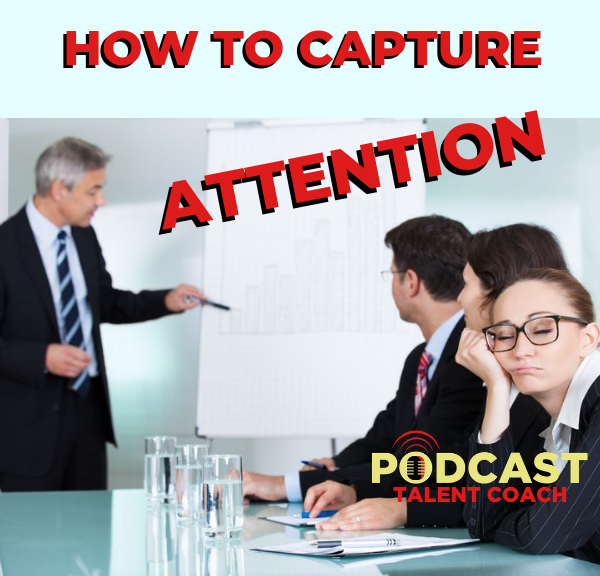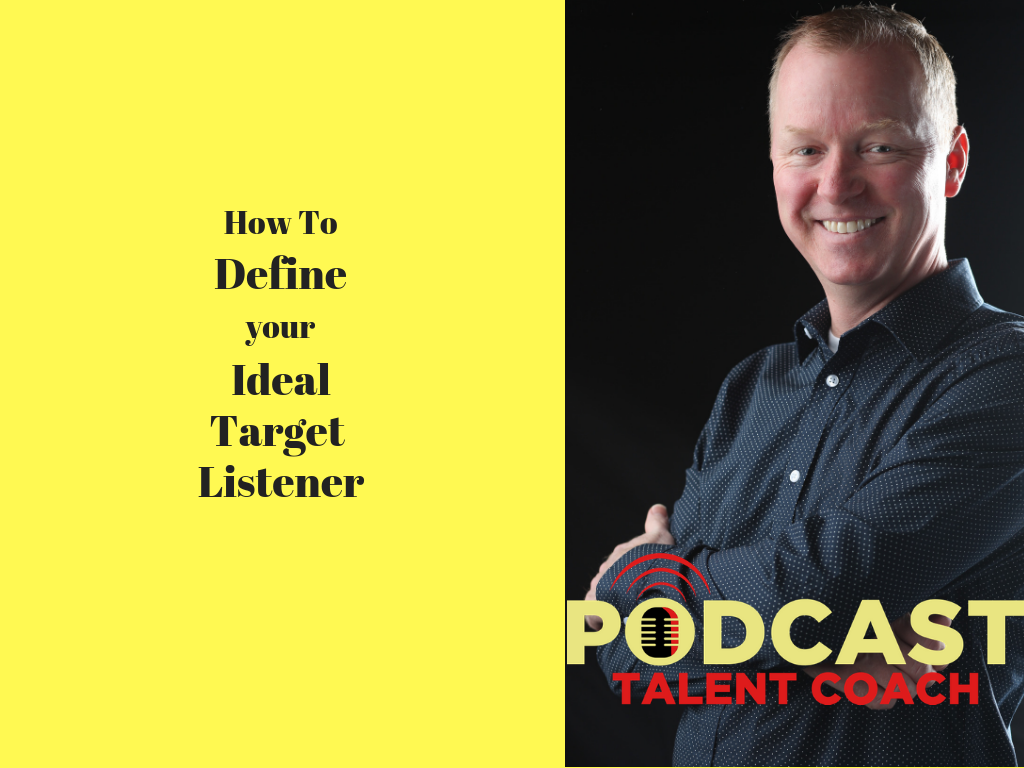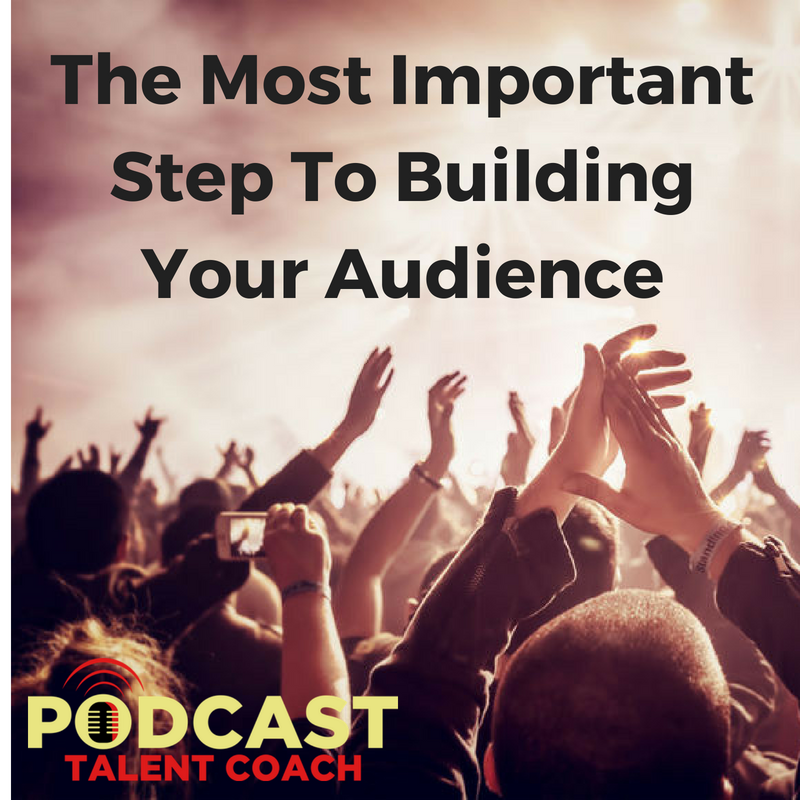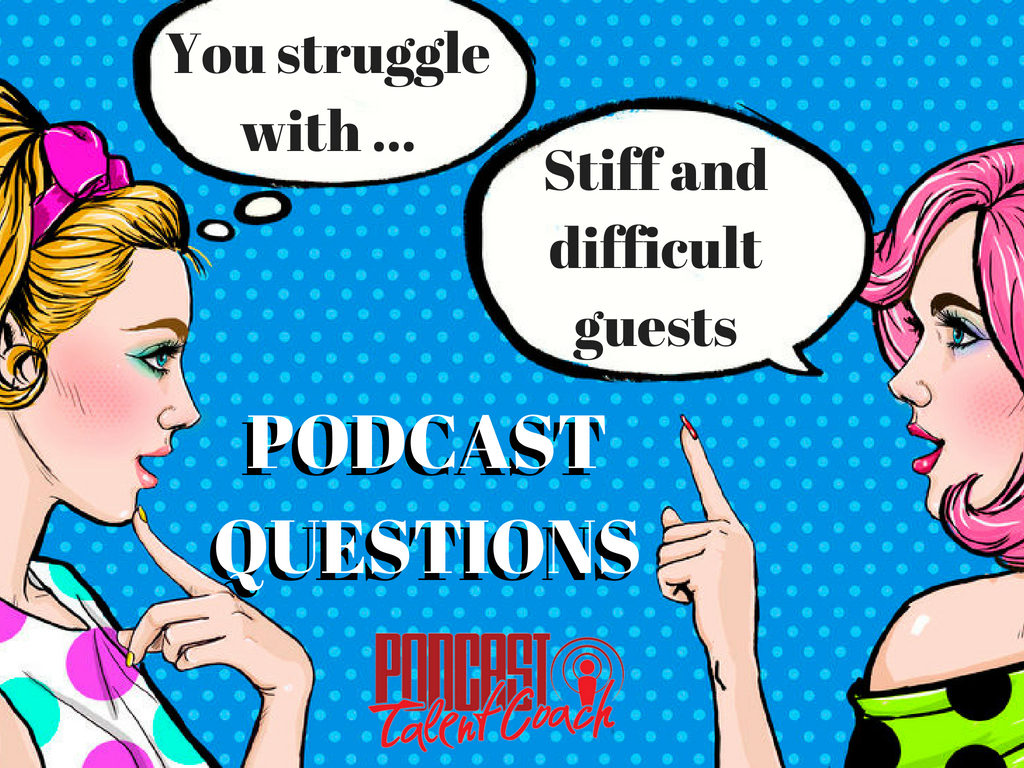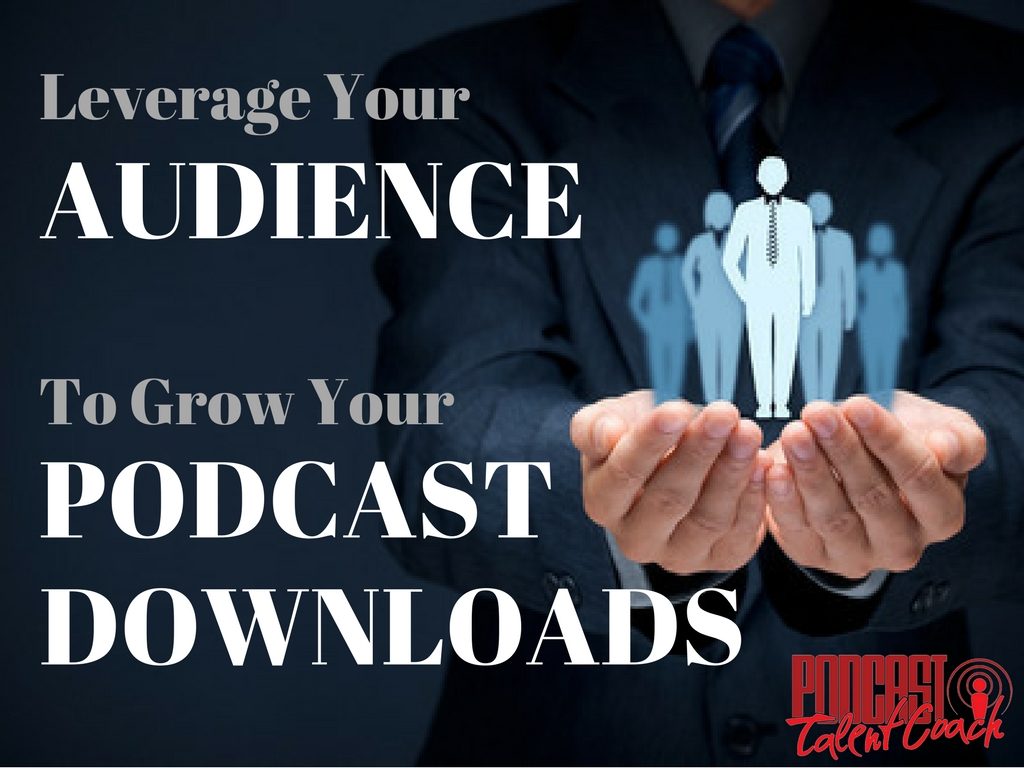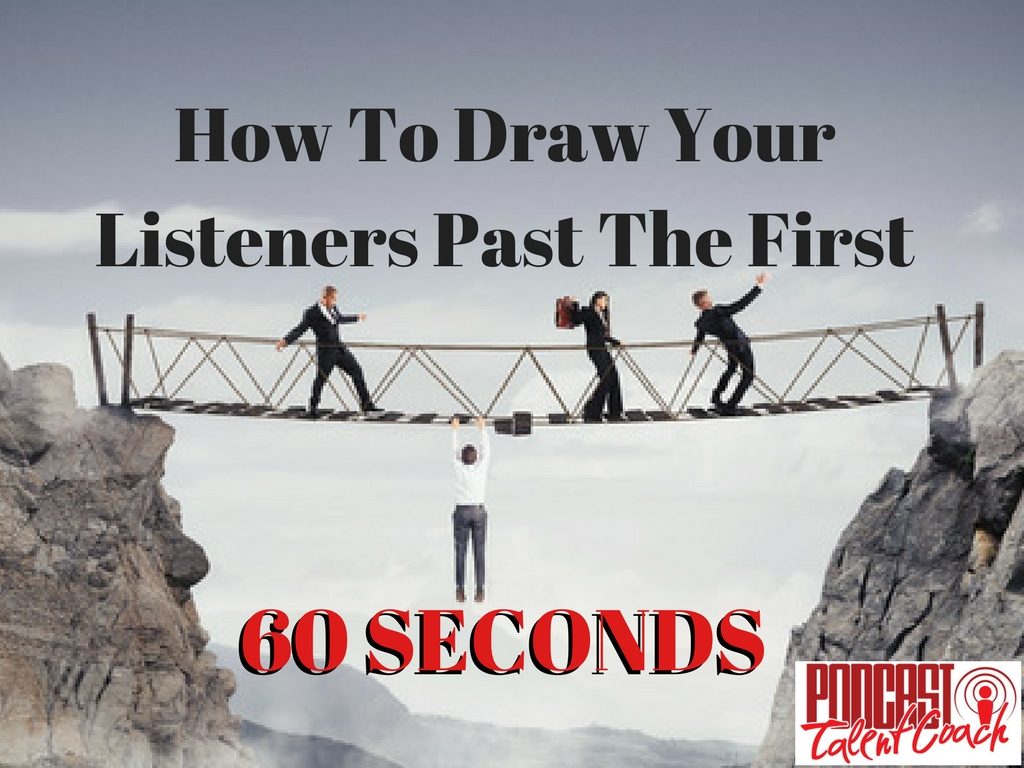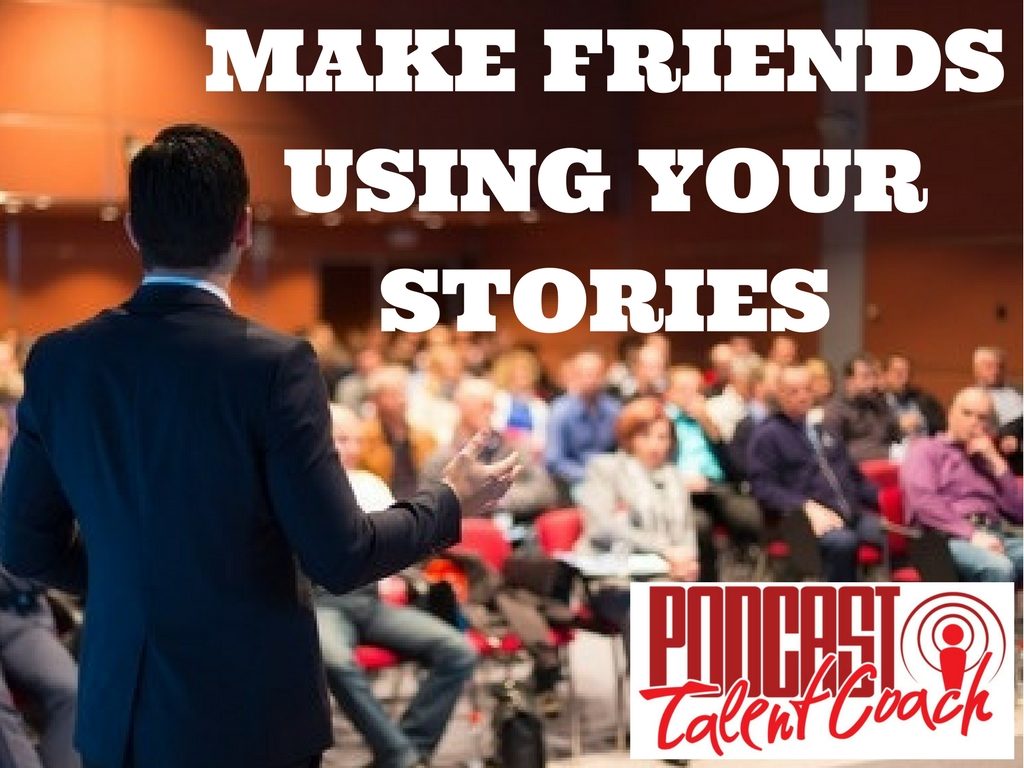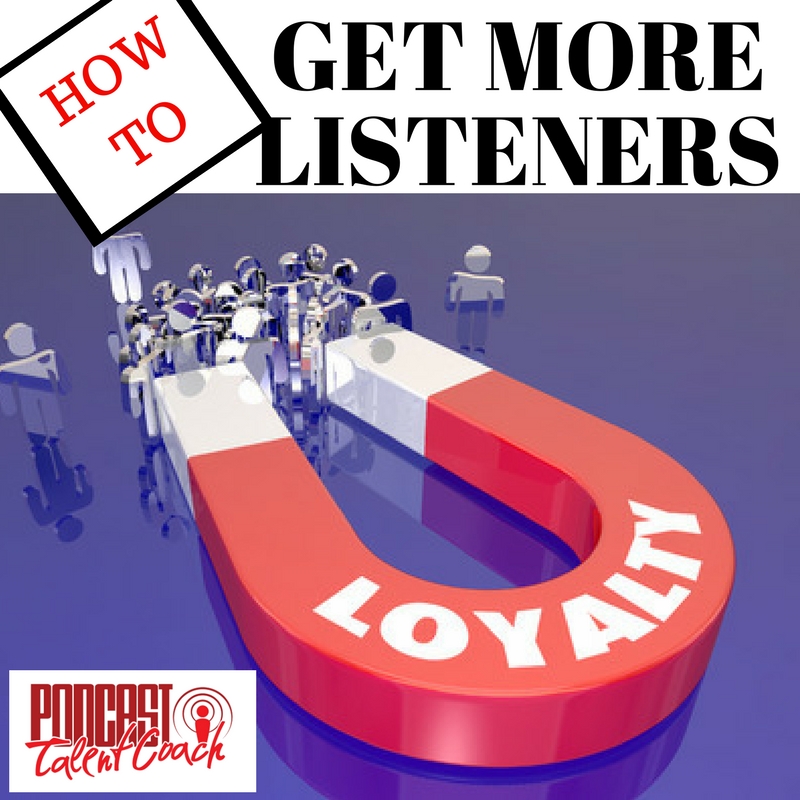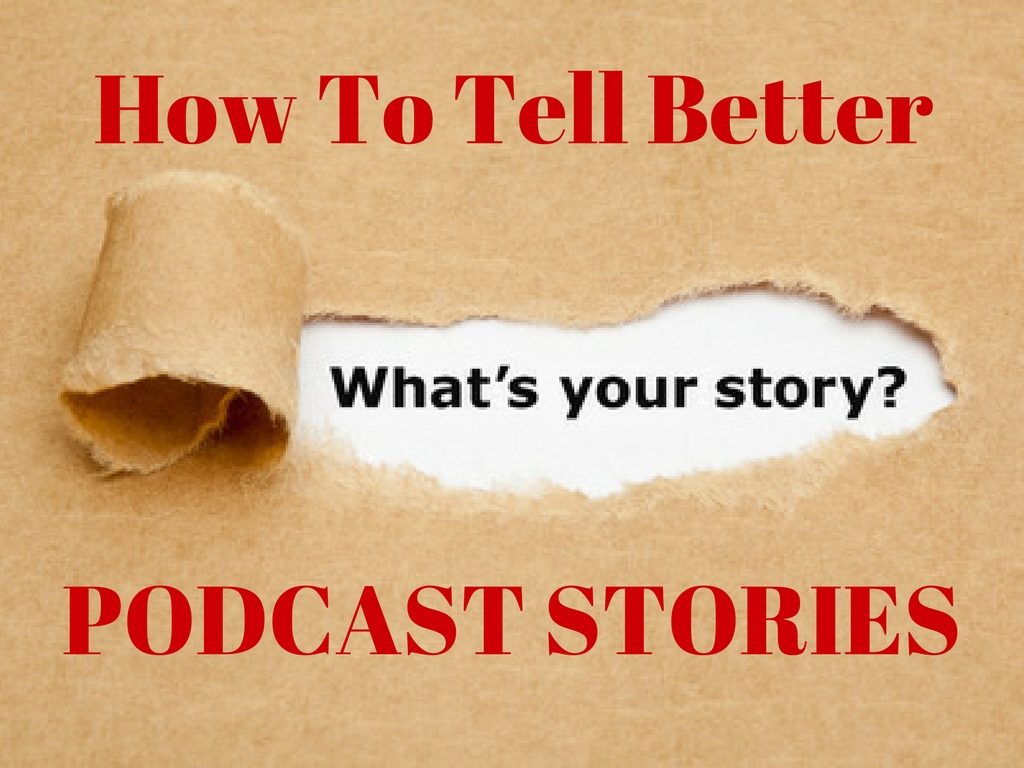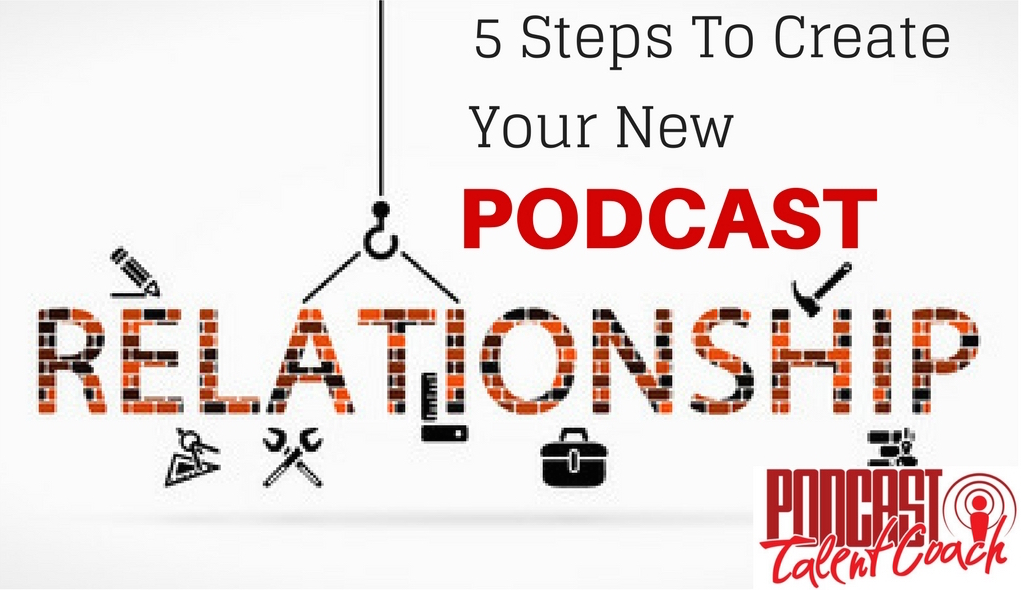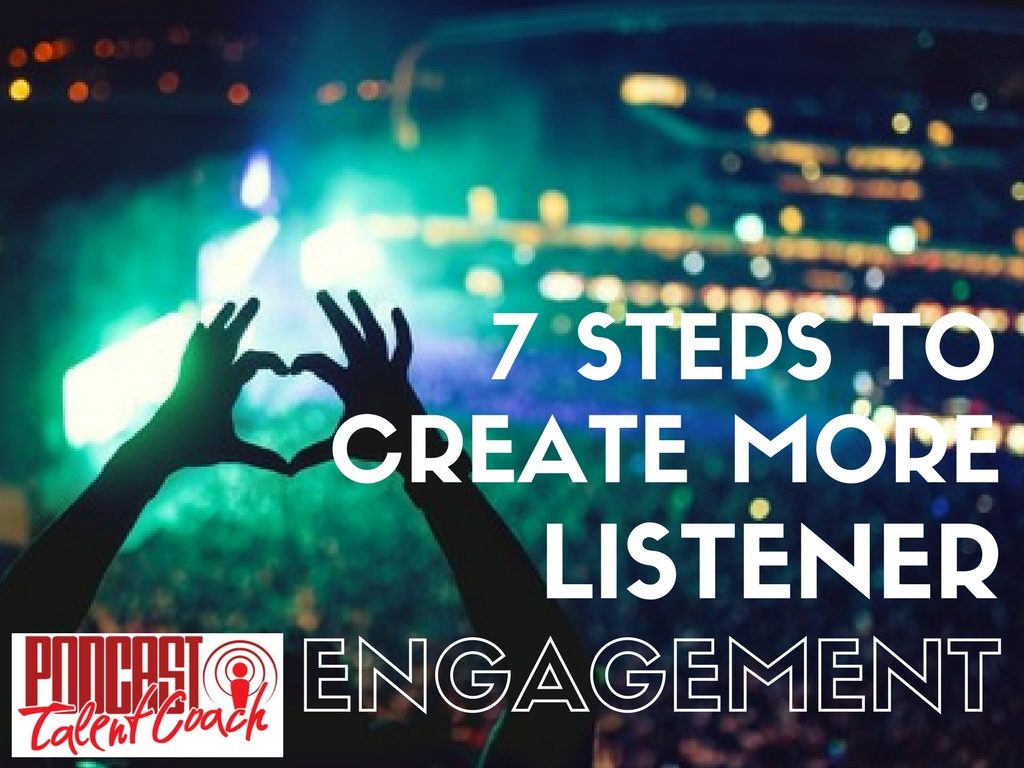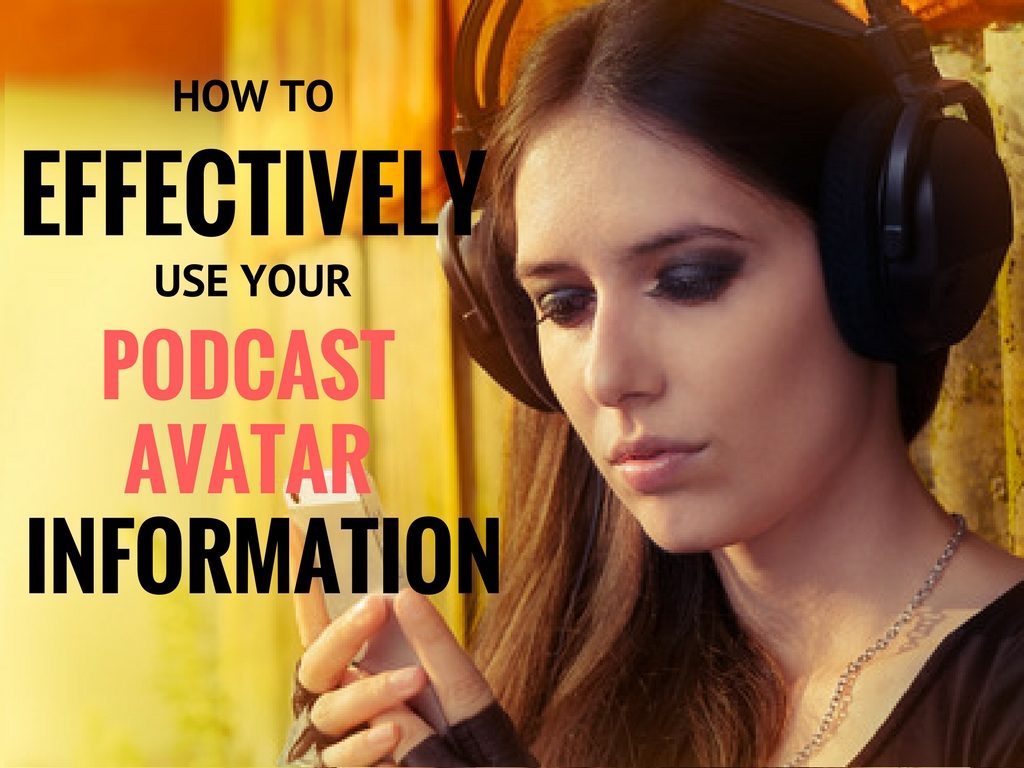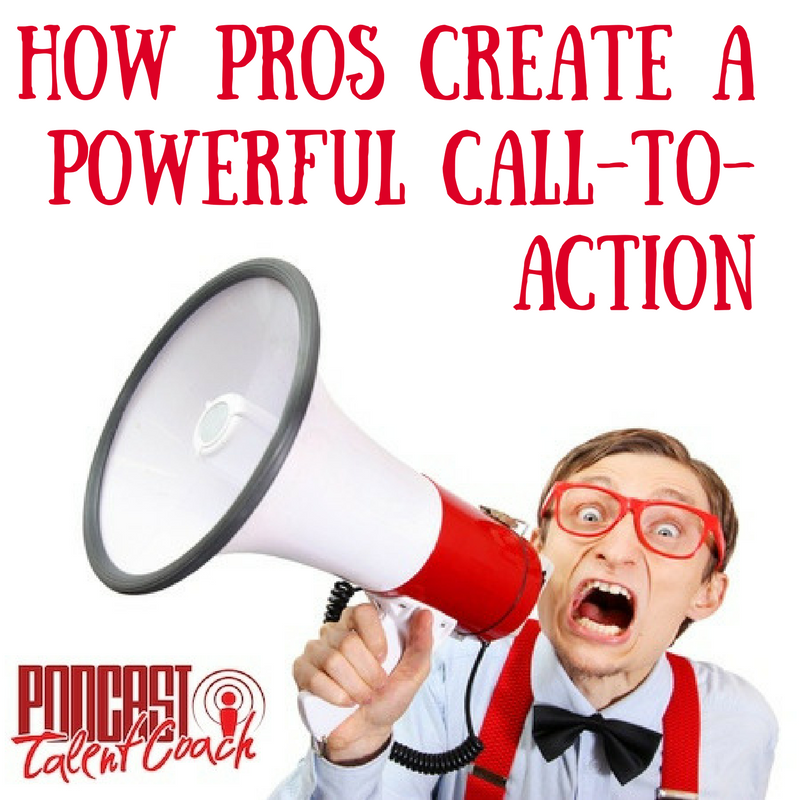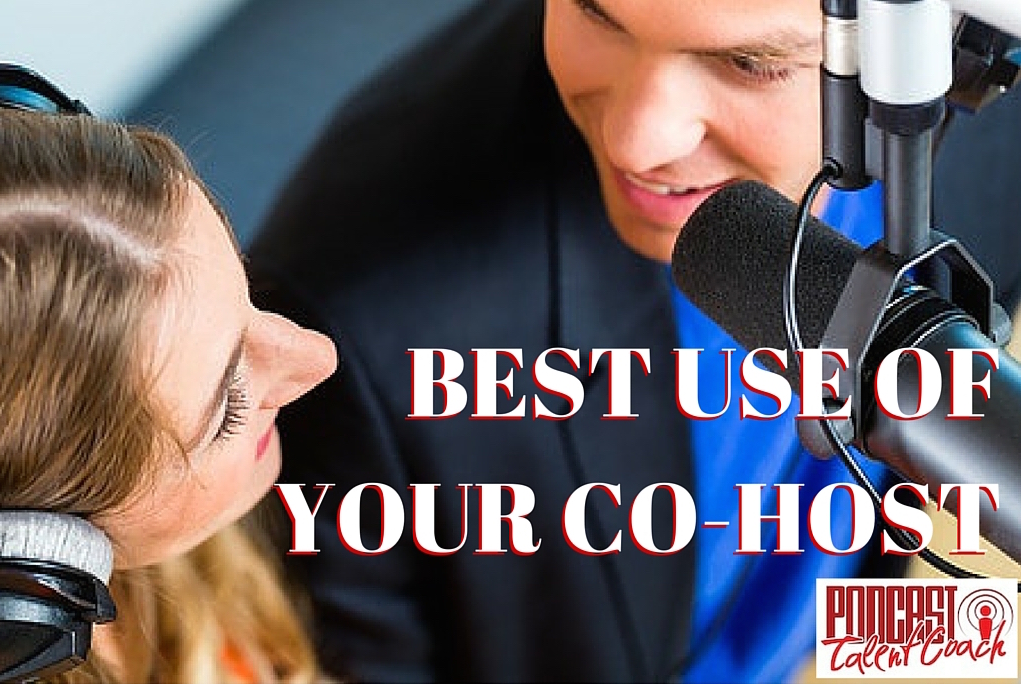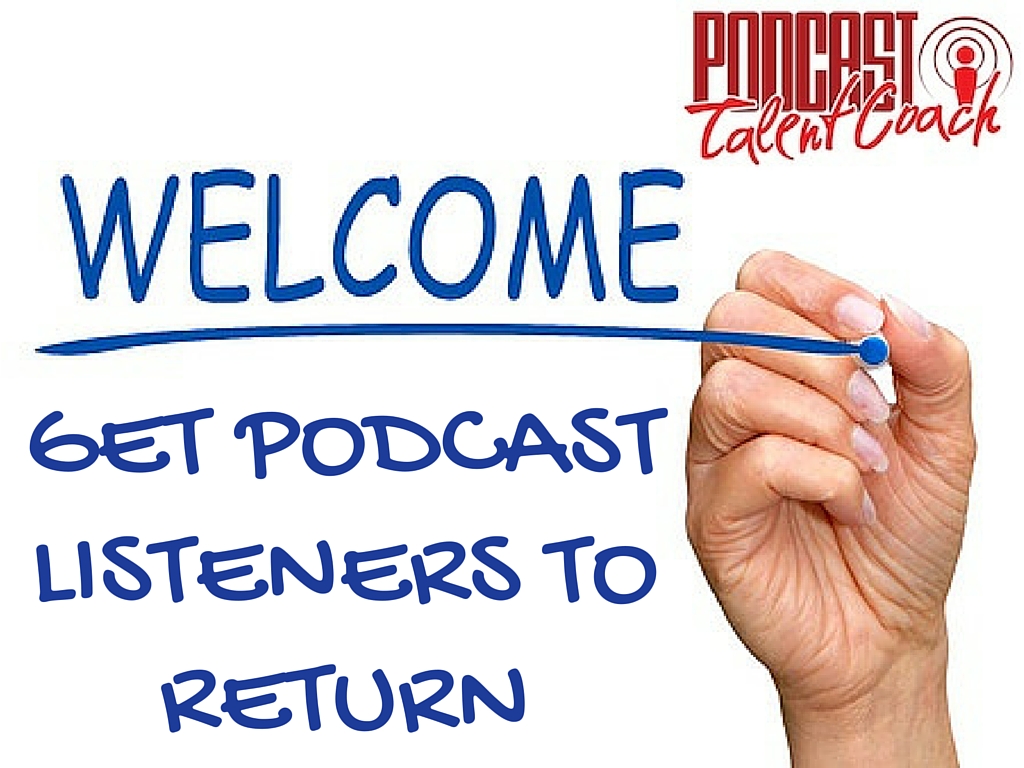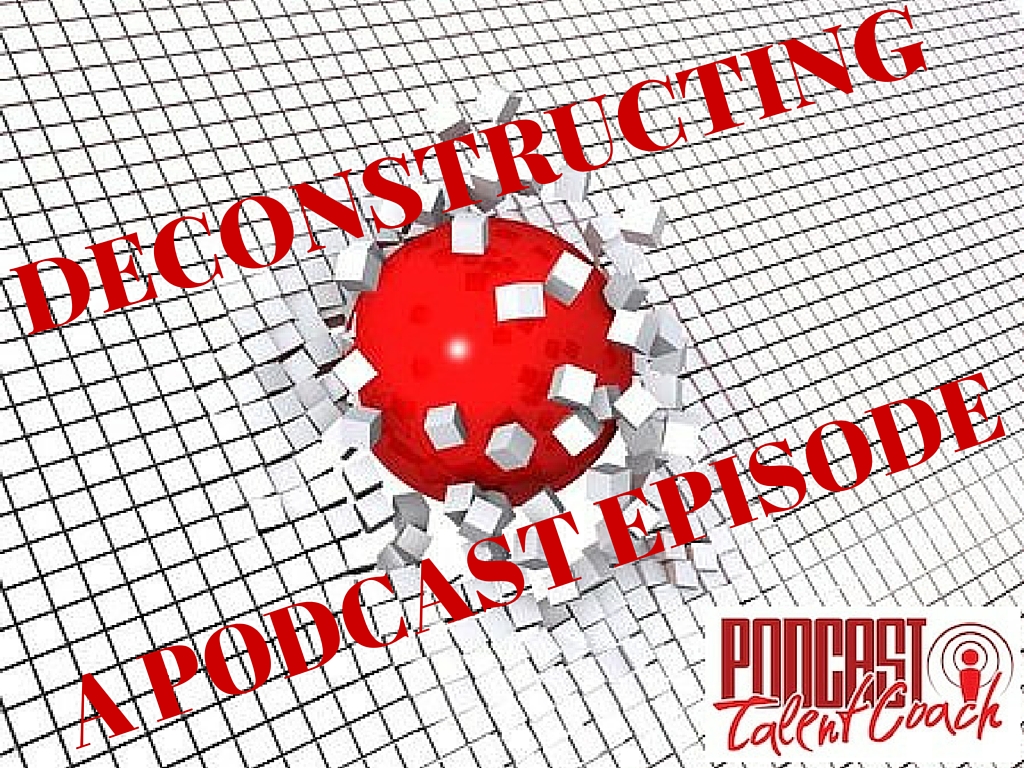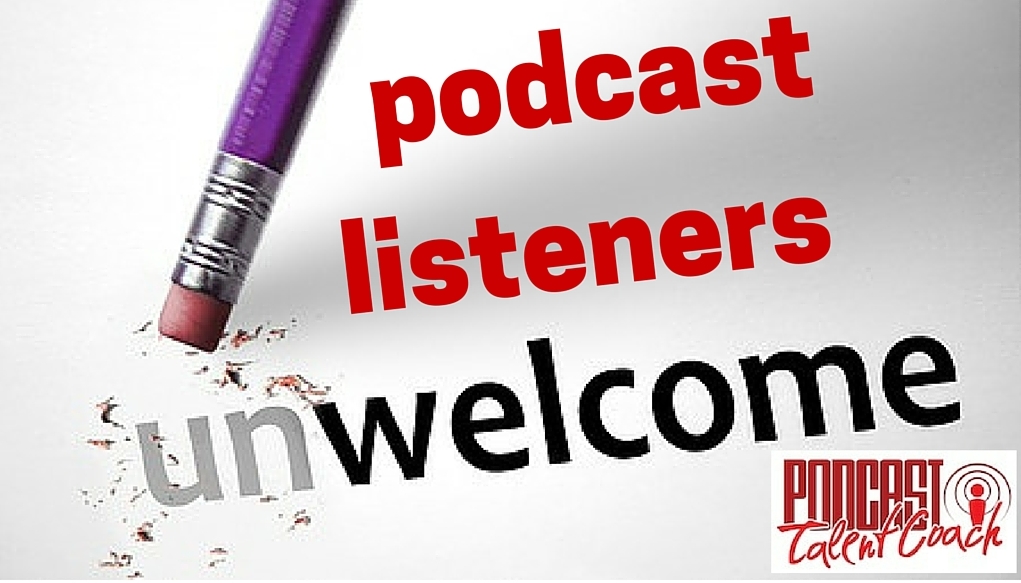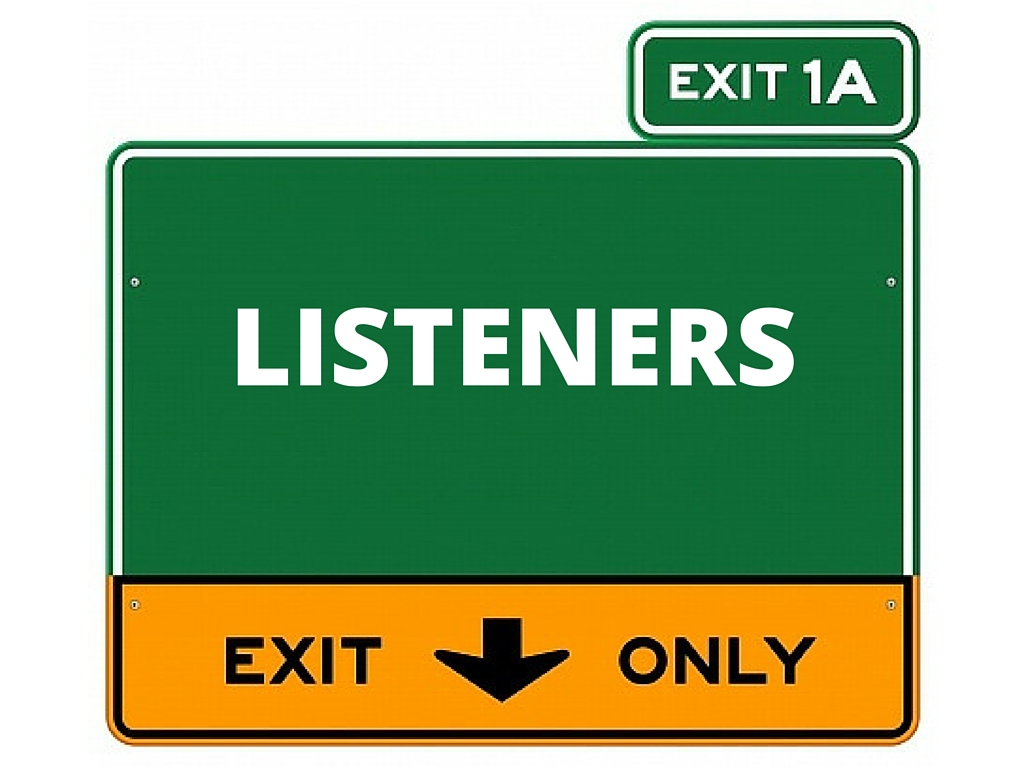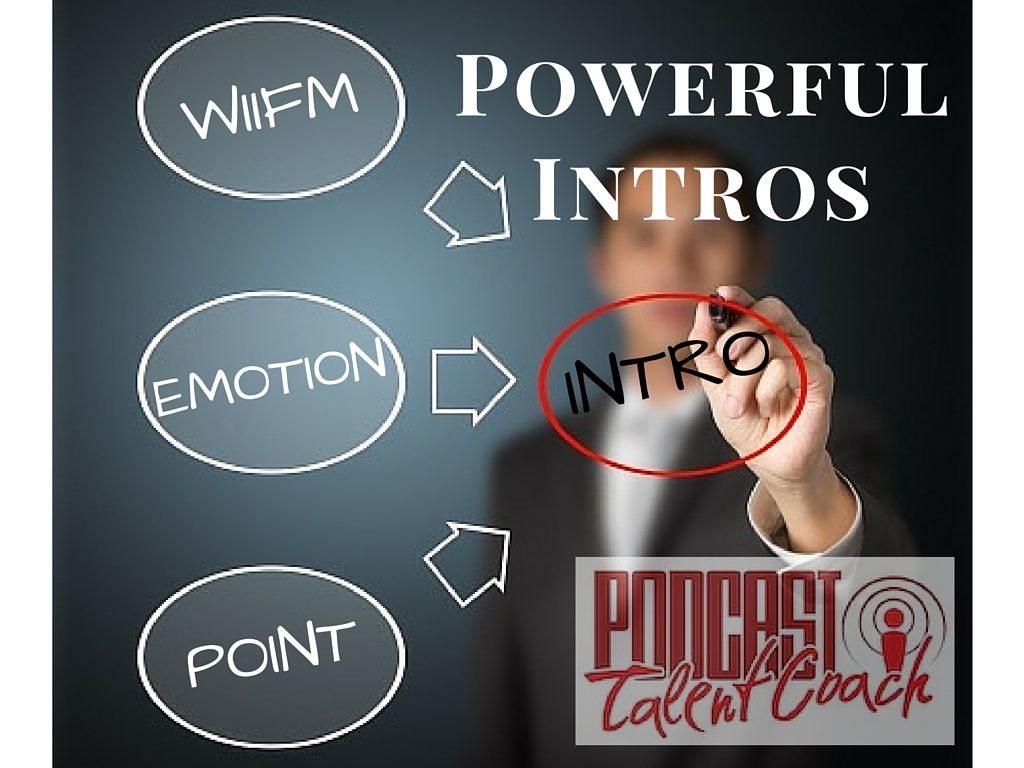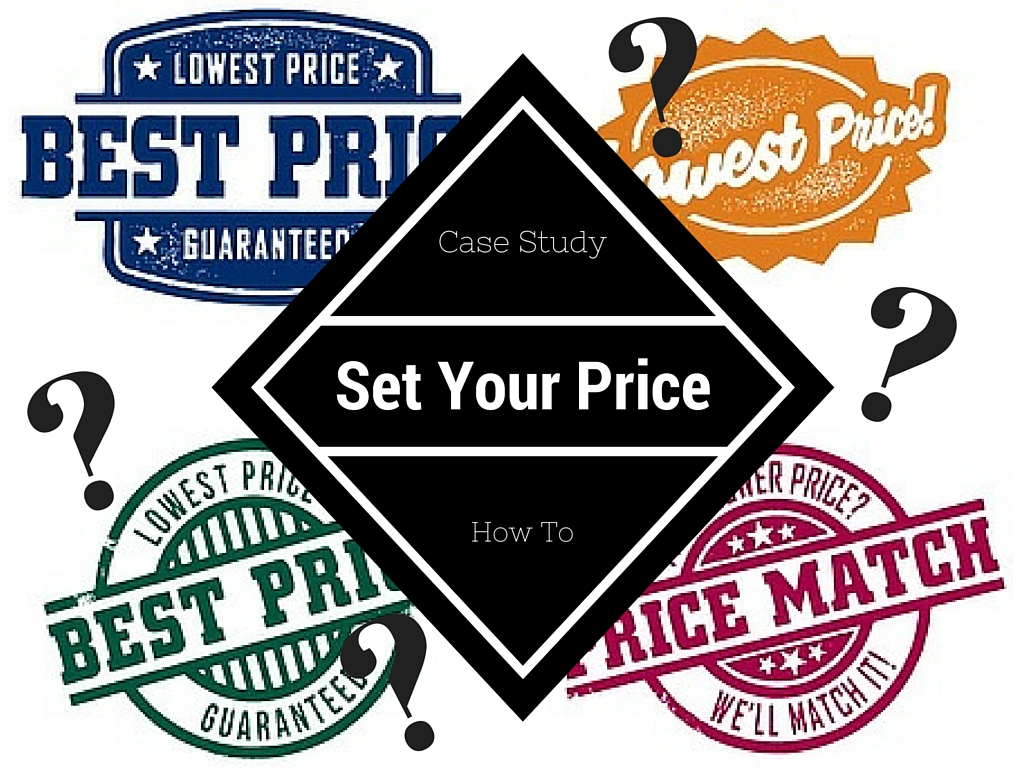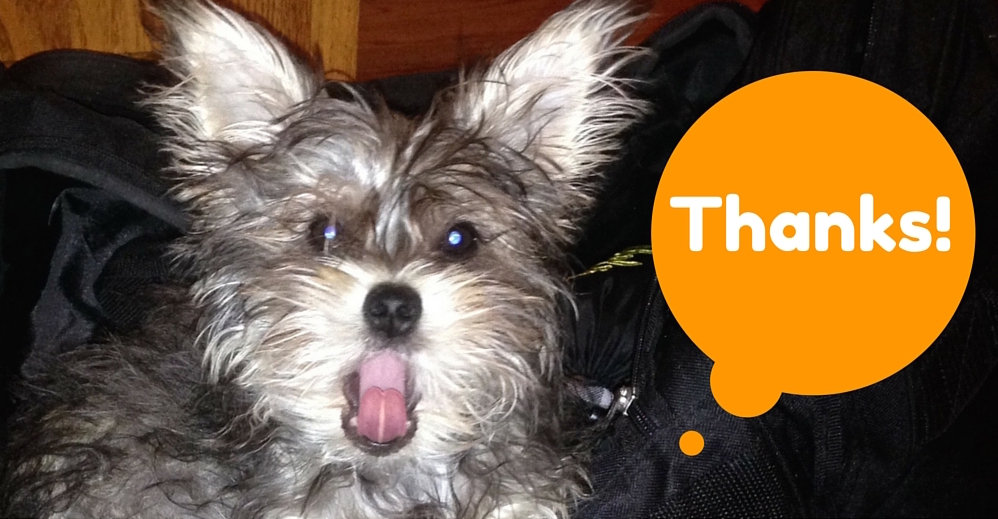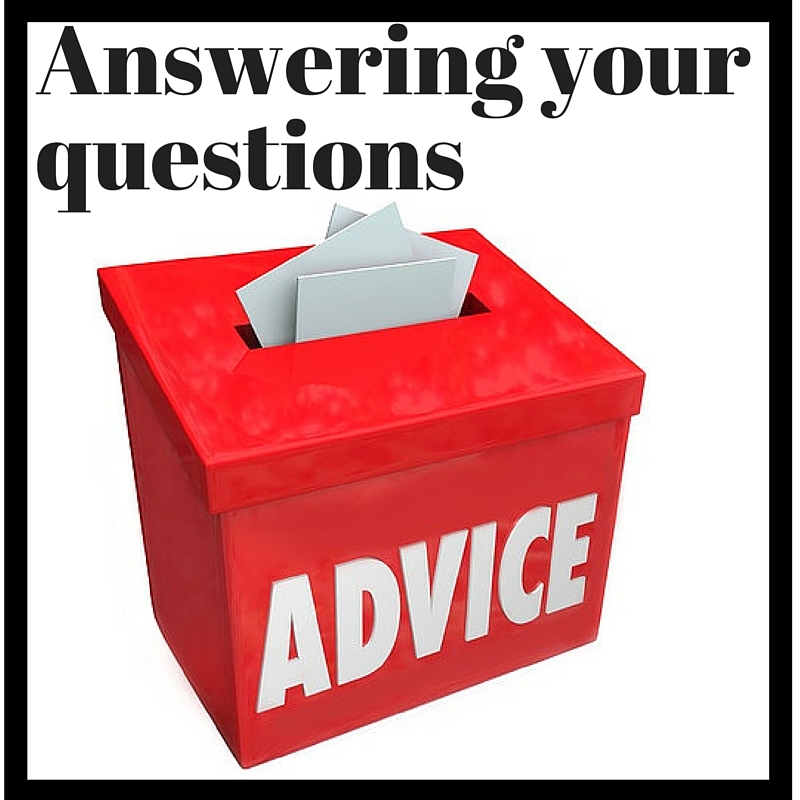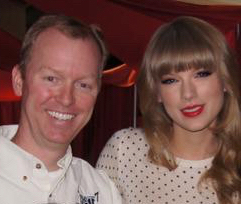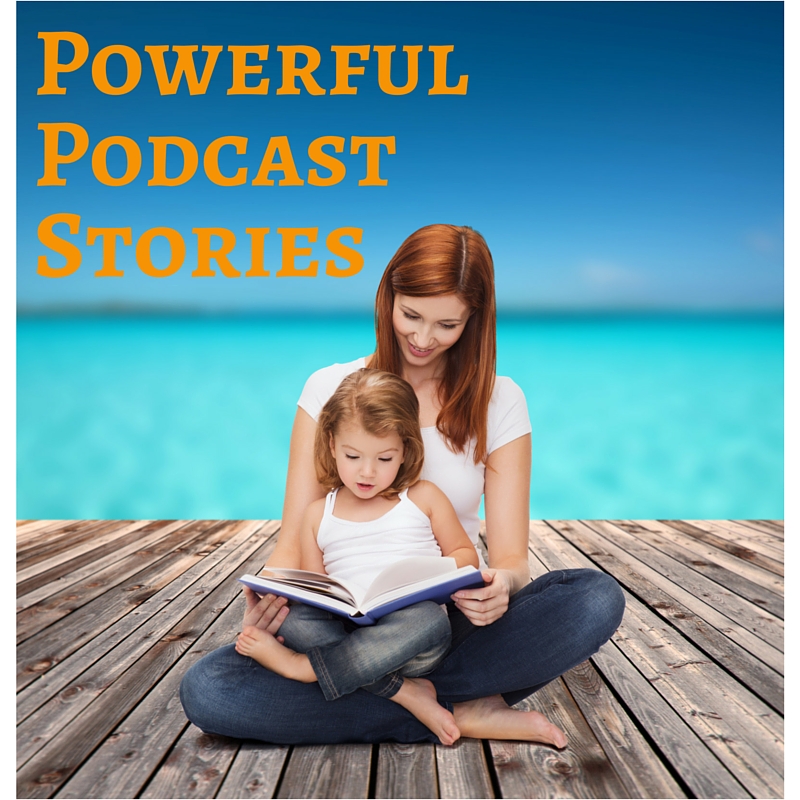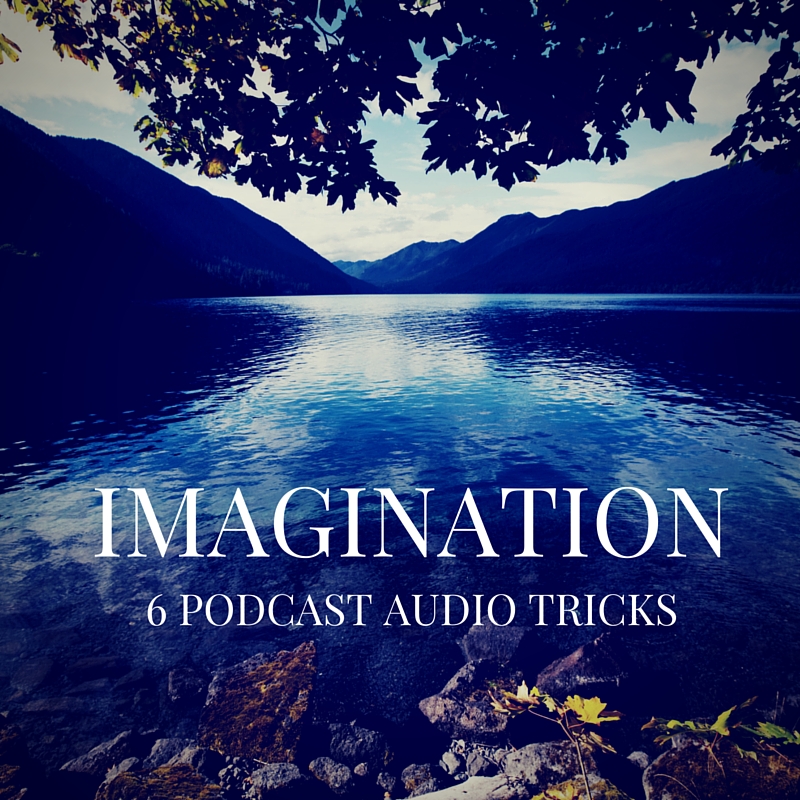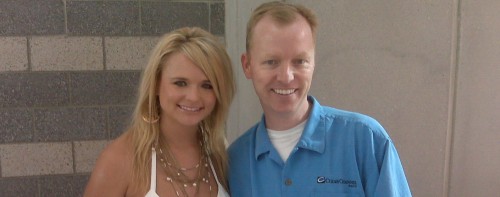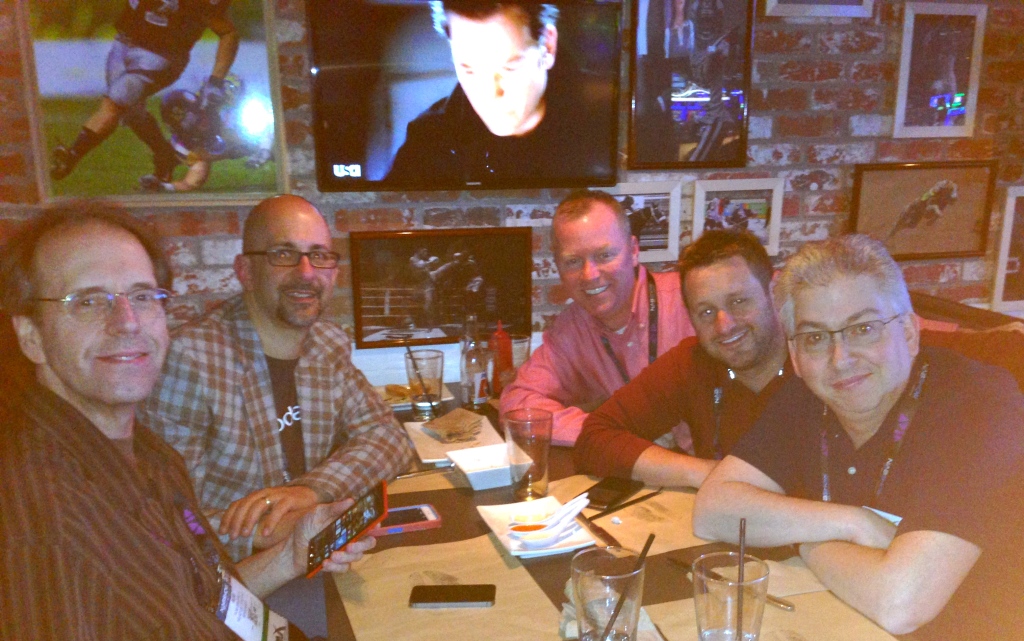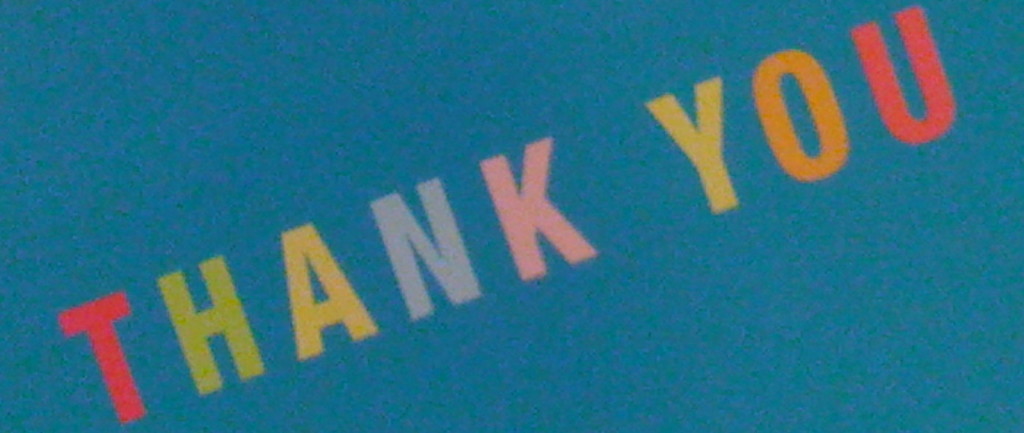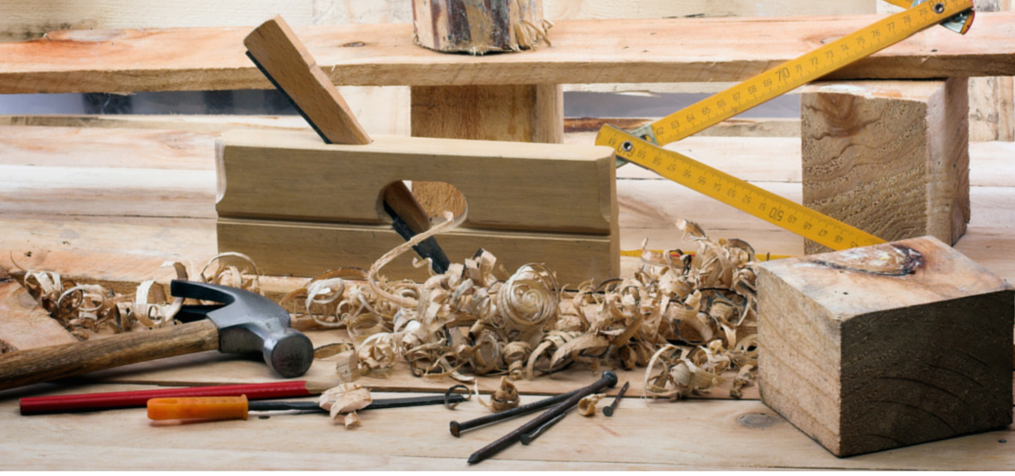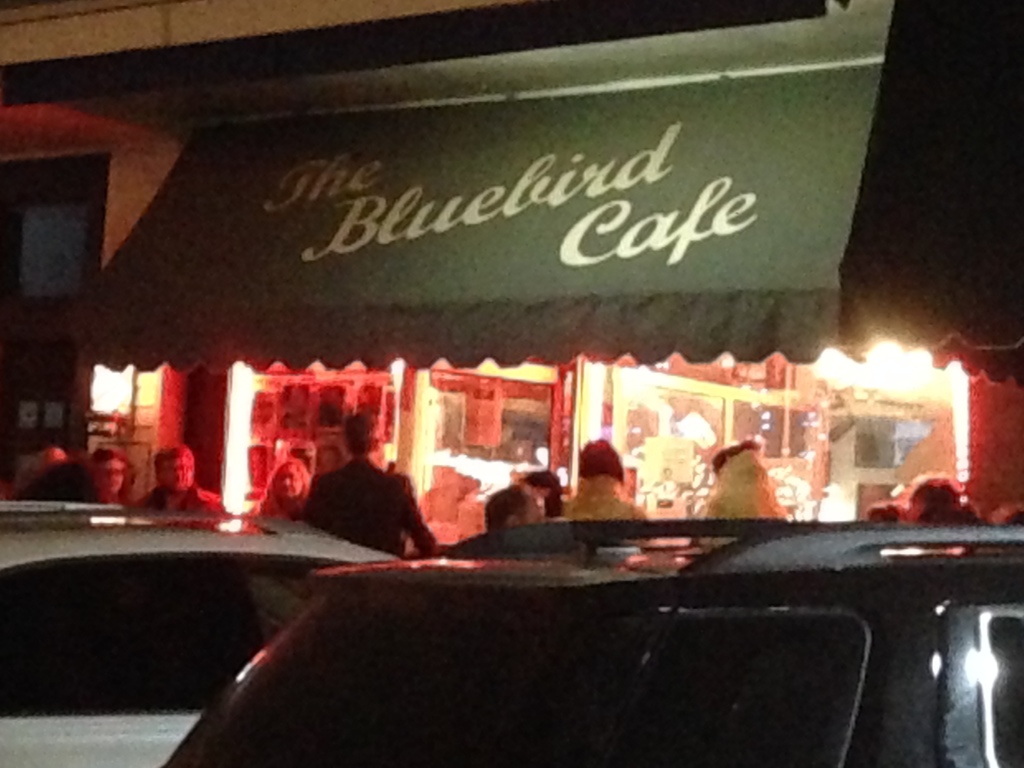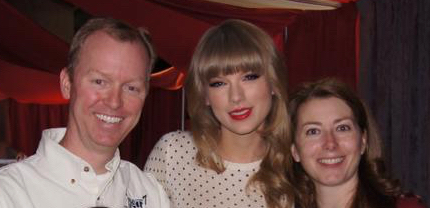Podcast: Play in new window | Download
Subscribe: RSS
Roger Killen and the Vancouver Business Network recently invited me to present to their group. I taught them how to attract clients with a podcast.
Over the course of an hour, these entrepreneurs learned how to grow a podcast audience and attract their ideal clients with their content. I thought you might benefit from the content as well.
This presentation was an hour long. Rather than doubling the length of my typical episode, I’ve divided it into two episodes.
COURSE CREATION SUMMIT
I have a few great resources for you this week.
When I built Audience Explosion Blueprint, I already had four paid participants before I even launched the course. To make it even better, they told me what I should put in the program to make it easy for them to give me money for it. How great is that!?!?!
Would you like to learn how to fill up your classes with paying clients before you have even launched your program? Join the upcoming Course Creation Summit FOR FREE! Experts will share with you their secrets for how you can create profitable online courses.
In fact, I will be part of the summit on Thursday, January 28th around 11:30a Central Time.
Courses allow you to do the work once and then sell it over and over again.
Get your free ticket now to course creation summit. The event runs all week. If you want to do the work once and sell it over and over again, a course can help you do that. Come learn how.
You can get your seat for free at www.PodcastTalentCoach.com/CreateMyCourse.
LIBSYN
If you need a host for your audio, be careful of the free services. Companies that offer their service for free often have a difficult time making money. If they aren’t making money, they can’t stay in business very long.
If your hosting company closes their doors and goes away, your audio goes away as well. All of your work is down the drain. Find a solid company and pay for great service.
I am now an affiliate of Libsyn. My show has been hosted on Libsyn since it began back in 2013. They also have fantastic support to help you set up your feed and move your show if you need it.
You can get your first month free using the coupon code PTC at Libsyn.com.
PODCAST EDITING
If you are spending too much time editing and posting your podcast and not enough time trying to attract listeners or building a business around your show, I now have a team ready to takeover your editing.
There are three packages available. You can start with the basic service that includes simple editing, mixing and mastering. Or you can go all in with the premium service that handles YouTube video, promoting, SEO, timestamps, show notes, and more.
You can find all of the packages at www.PodcastTalentCoach.com/editing.
MENTORSHIP
Finally, this is the last call for my Podcast Profits Mentorship. This opportunity is very limited.
This is a special no-risk opportunity for a very limited number of podcasters.
You won’t have to pay thousands or even a few dollars to join this exclusive group. However, you will need to be a great fit.
In this group, I will help you grow your podcast and make money with your show. It comes with no risk to you.
I am looking for 6 podcasters to join Podcast Profits Mentorship.
In this exclusive group, you will …
- Grow your audience and influence
- Develop a product or service to sell
- Build a framework to make money with your show
- Participate in a small mastermind to help you reach your goals
Membership in this group comes with no risk. You pay me nothing up front. I only get paid a commission of 20% when you make money with your show, similar to most affiliate programs.
To keep the group small, 6 podcasters will be selected from all applications. I want to be sure I have time to give each member the attention they need to succeed.
To qualify for the group, you must …
- Have published 25 episodes
- Be willing to attend a 90-minute call every week
- Be willing to spend 30 minutes a day to grow your audience and business
- Share with me your download and revenue data during the program
- Allow me to use your success as a case study
The program begins February 2, 2021. Application deadline is Thursday, January 28, 2021.
If you fit and you’re hungry to grow and win, click here to apply:
www.PodcastTalentCoach.com/mentor
TRAINING
In this training, you will discover three ways you can use your content to attract your ideal clients.
You will discover why now is the ideal time to begin using your podcast to turn your ideal listener into your ideal client.
In this training, I also give you a way to repurpose your content across multiple platforms without adding a lot of extra work to your week.
On the next episode, I will show you the 3 big challenges most podcasters face when growing their audience and how you can overcome those challenges.
The 6 reasons podcasts don’t make money are laid out in the next episode.
Many people make podcasting more difficult than it needs to be. I will show you how to make it much easier.
You also will learn the three Ps necessary for successful content. These are secrets most podcast gurus don’t teach you.
That second part of the training comes next week.
LAUNCH HELP
If you haven’t launched your podcast yet, I offer a free mini-course in this presentation as well. You can find it at www.PodcastTalentCoach.com/launch.
I also mention 7 ways to attract your ideal clients using a podcast. You can find that free training at www.PodcastTalentCoach.com/attract.
Enjoy the session.
Do you need help with your podcast? E-mail me any time at Coach@PodcastTalentCoach.com. Let’s see what we can do.
Let’s turn your information into engaging entertainment.
